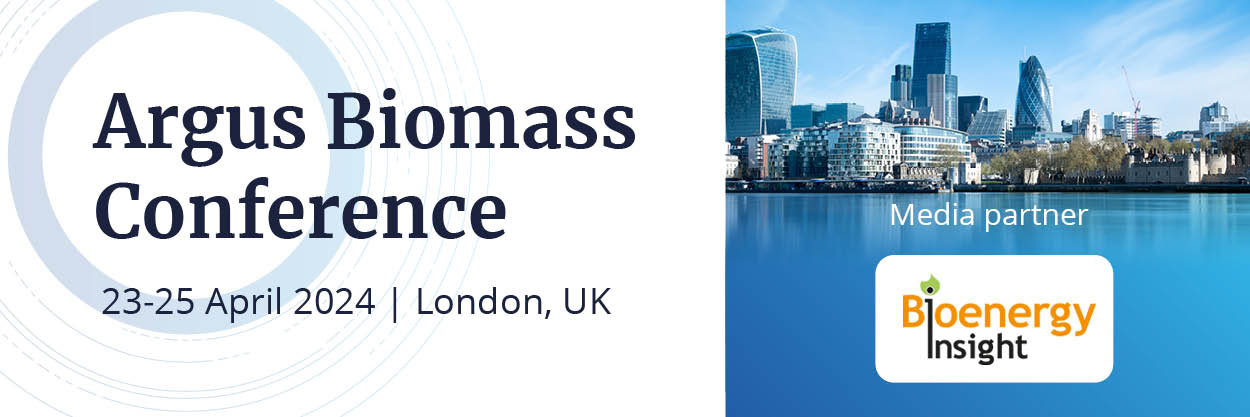Controversy over the role biomethane will play in cleaning up transport
A new study from the European Federation for Transport and Environment has claimed that biomethane will have a ‘limited’ role in the EU’s bid to lower greenhouse gas emissions from vehicles and shipping.
Titled CNG and LNG for vehicles and ships – the facts, the study “compiles the latest evidence on the environmental impacts of using gas a transport fuel”.
Transport and Environment (T&E) is a European umbrella for NGOs working in the transport and environment fields, aiming to promote sustainable transport in Europe. A key claim of the latest report is that using natural gas for transport is as bad for the climate as using petrol, diesel or conventional marine fuels.
Acknowledging that both biomethane and power-to-methane can have significantly lower GHG emissions than fossil gas, the study questions the potential biomethane has to play in decarbonising transport. Specifically, it says the amount of sustainable feedstocks for biomethane in the form of wastes and residues are limited and cannot be sustainably scaled.
“Even if we assume the maximum sustainable potential is produced and all of it is allocated to transport - this is very unlikely to happen - biomethane could only cover 6.2- 9.5% of transport’s energy needs,” the study states.
The T&E report also notes that power-to-methane is ‘inefficient and expensive to produce.’
“The process efficiency is now roughly 40%, potentially increasing to 60% in a future best case, and requires considerable additional renewable electricity, which is currently not going to be available at the scale required.”
The study suggests what potential exists for renewable methane would be better used to decarbonise sectors that are already dependent on methane, such residential, industry and power, where no new infrastructure or engines are required.
“Biomethane in transport can play a niche role in local projects, with vehicles running on 100% biomethane, refueling at local biomethane production sites”, the study continues.
“A wider shift to methane will almost certainly lead to a transport sector powered by fossil gas, not renewable methane.”
Competing figures - biogas industry responds
The trade association for Europe’s biogas industry, the European Biogas Association (EBA), has responded to the conclusions of T&E’s study, arguing that the potential of biomethane estimated is based on a limited set of feedstock.
“EBA considers the Gas for Climate study carried out by ECOFYS more realistic as it includes a bottom-up assessment of agricultural and forestry residues available in the EU, derived from Eurostat data and EU-wide biomass potential studies issued by the European Commission,” Susanna Pfluger, Secretary General of EBA, told Bioenergy Insight.
“ECOFYS has also thoroughly consulted farmers and industry who are key to the development of green gas while complying fully with the EU’s sustainability policy.”
Pfluger suggests that the T&E report overlooks the broader benefits possible from the production of biogas.
“Sequential cropping for example can play an important role providing sustainable and low-ILUC risk feedstock. This is completely underestimated by T&E,” the EBA Secretary General continued.
Although acknowledging that green gas will not be ‘silver bullet’ in the European decarbonisation process, Pfluger pointed out to Bioenergy Insight that biogas production provided many benefits for European societies, including contributing to the circular economy and bio-economy, boosting employment in rural areas and reducing emissions from agriculture.
The future role of biomethane
There is some agreement between EBA and T&E however, concerning ambiguity over which sectors biomethane will be used in the future.
“T&E’s report is however right when saying that it is not clear in which energy sectors biomethane will be used. We estimate that around 9bcm (billion cubic metres) biomethane would be used in the transport sector in 2030. This would be around 30% of all gas used in transport,” Pfluger continued.
“It would be certainly interesting to hear how T&E estimates the costs and potential of full electrification (based on renewable energy sources) of the transport sector.
This article was written by Daryl Worthington, editor of Bioenergy Insight.
























